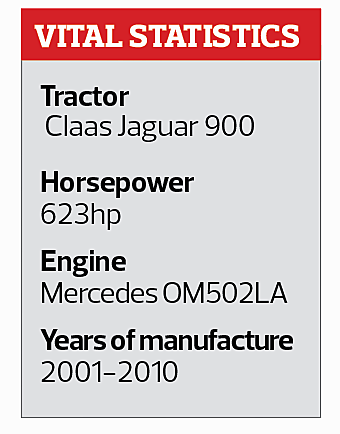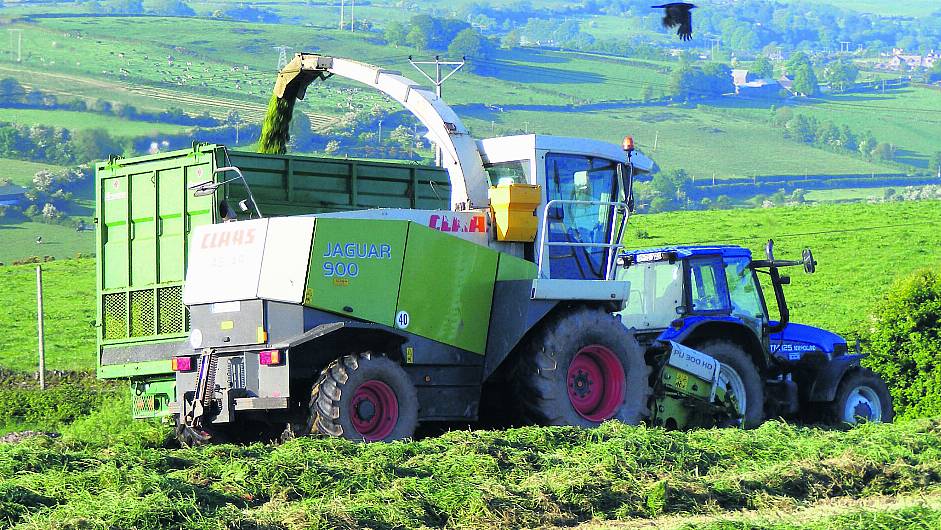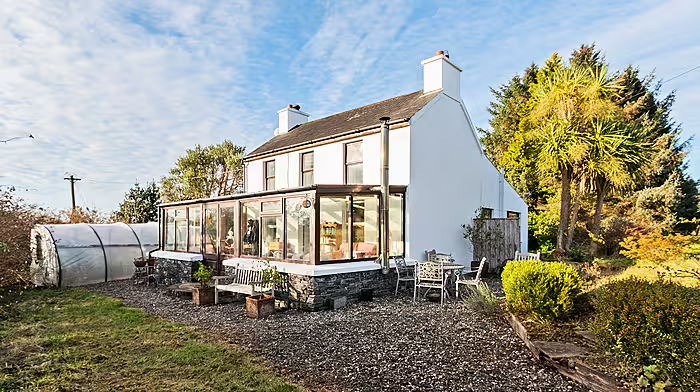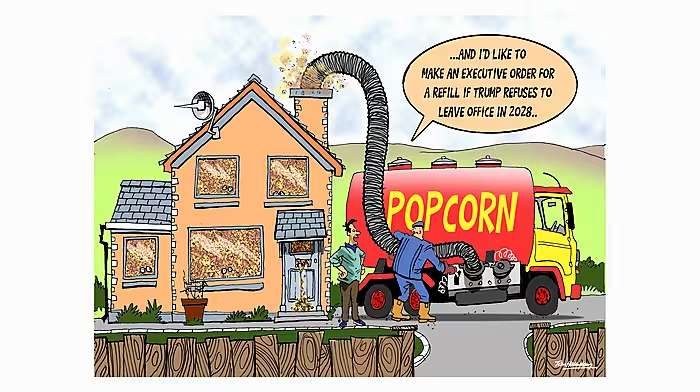THIS week, we continue on the brief history of Claas silage harvesters with a look at the 800 & 900 series.
Following the success of the 600 Mega range of silage harvesters, Claas went back to the drawing board to design their new 800 series, known in house as the 491, and form the fundamentals of the Jaguar design to date. Cosmetically and mechanically, little was carried forward from the previous models with its newly designed cab, bodywork and colour scheme.
Claas engineers redesigned the engine to sit in a traverse position, across the rear axle. The engine of choice for all models for the range was a Mercedes V8 with the range-topping 503hp 880 being powered by the 14.6l 442hp.
By mounting the engine sideways, power could be sent directly from the flywheel to the front via a six-groove V-belt with a dry single plate clutch, eliminating the need for 90-degree gearboxes that inline mounted engines required. This had two main advantages: a simpler driveline system which also reduced parasitic engine power losses resulting in more of the engines power being utilised; and a cooler running engine with the radiator, oil cooler and air conditioning unit mounted forward of the engine, behind a rotary screen with clean air being drawn in from above the machine and blown out the back.

In 2001, Claas launched the 900 series, Jaguar type 492, with the range-topping Jaguar 900 breaking the 600hp barrier for the first time thanks to the Mercedes 16l V8 OM502LA engine. Visually the 900 was similar to the 880, with more rounded edges, however a deeper green, used on all Claas equipment to date, was used for the first time.
Key to these harvesters was their new cab which had an entirely new control layout. Gone were the buttons of old, replaced with pad type controls which were easy to operate by thumb. All other harvester controls and functions, such as knife sharpening, were now selected through a monitor.
In 2003, the ‘SpeedStar’ option was available which provided a 40km/hr road speed to reduce transport time between jobs.
The final upgrade for the Jaguars came in the form of ‘GreenEye’ which boosted the horsepower of the Jaguar 900 to 623hp. These models are easily identified by the decals of two ‘green’ eyes of a Jaguar above the model number, have a rounded backend and are designated as the 493 model.
These harvesters were so successful that they continued to be manufactured for a number of years even though there were replaced by the 494 type Jaguar in 2008.
• Contact Peter at [email protected] or see Instagram @flashphotoscork










